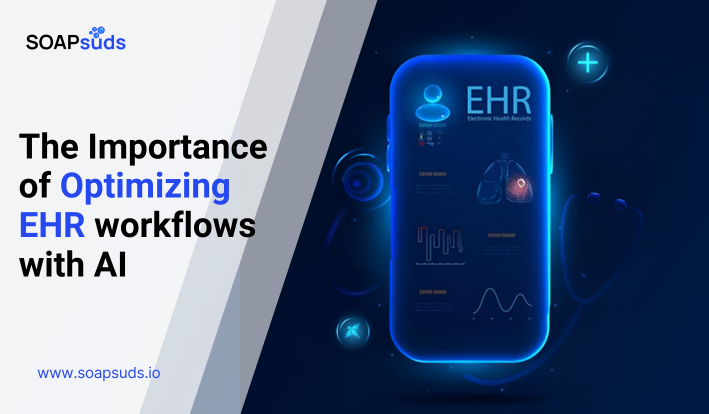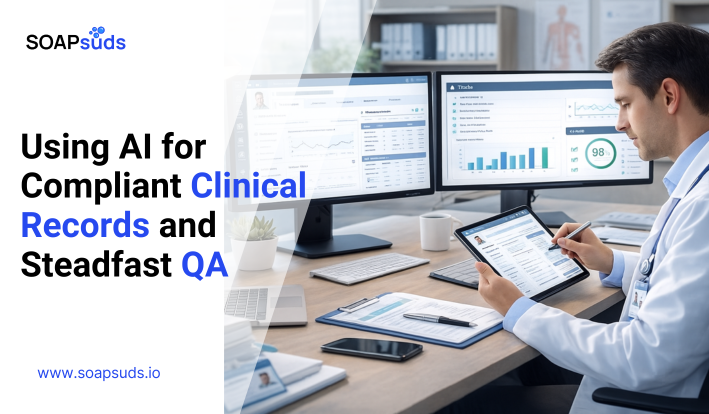Overcoming Jargon in Patient-Doctor Dialogue with AI Medical Note Translation
SOAPsuds team
Published: 1/30/2025
SOAPsuds team
Published: 1/30/2025

Optimizing your Electronic Health Record (EHR) workflow is essential. This guide provides useful strategies...

As mental health providers, our goal is to support clients in managing the difficulties they...

Medical transcription services turn voice-recorded medical conversations into written reports. While human transcribers...

As a hospice care provider, you hold both ethical and legal responsibility to protect

As a home health or hospice agency owner, you already know that clinical documentation

Every year, millions of older adults experience falls that can lead to severe injuries
Clinical Notes
SOAP notes
DAP notes
AI medical notes